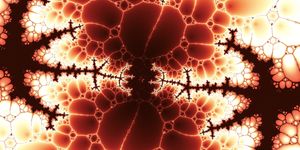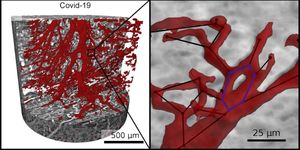Light Pollution - Visible and Invisible Effects on Us and Our Environment
Light pollution is a newly recognized source of pollution with many complexities. What is light pollution to one person may be the desired light levels of another. Balancing the pros and cons of light levels can be difficult. There is still much research to be done in order to fully understand the effects of artificial light on both humans and wildlife, but it can incredibly difficult to study.
What has been found by scientists so far is disheartening. Between 1992 and 2010, dark areas in Europe decreased by 15%, including in supposedly protected areas. Excessive artificial light comes in many forms: skyglow, light trespassing, over-illumination, glare, and optical turbulence. These different types of light pollution can have effects on many species. Generally, light pollution causes habitat loss and fragmentation for animals that need darkness as part of their habitat.
Most of the research so far has looked at insects like moths and their attraction to artificial lights, which is estimated to have led to a drop in insect populations in bright places. Other species include many birds that have problems navigating and plankton that lose their daily vertical movement to eat algae. Nocturnal pollination is greatly reduced when lights distract or repel nighttime pollinators from nearby flowers. Fireflies and amphibians that rely on darkness to synchronize mating calls become less synchronous. Nocturnal animals that depend on darkness to hunt, or to evade capture by hunters cannot thrive with artificial light around. Even hatching sea turtles will move toward city lights in the opposite direction of the ocean, possibly mistaking the lights for moonlight reflecting off the water.
Light pollution is not just dangerous for wildlife, but also for human health. Artificial light increases our stress hormones and puts us more at risk for high blood pressure and stress-related disease like heart attacks. Melatonin is necessary for our bodies to rest and recover for the day, and we don’t produce melatonin unless it is dark.
These health effects are not the only reasons we should want darker skies for ourselves. Astro-tourism has the potential to be a big business in sparsely populated areas. Dark sky sites are popular destinations for those that want to see stars, planets, or the Milky Way, and these spaces are becoming increasingly rare, and therefore more valuable.
Some scientists propose a call to include darkness in conservation plans and plans for human health outcomes. Taking light and darkness into consideration when crafting conservation or health plans can aid us in achieving our goals to protect both the environment and ourselves.
Sources: Journal of Advances in Electrical Devices, Enlightening Tourism, Nature, Environmental Pollution, Landscape and Urban Planning, Limnological Review, University of South Florida










